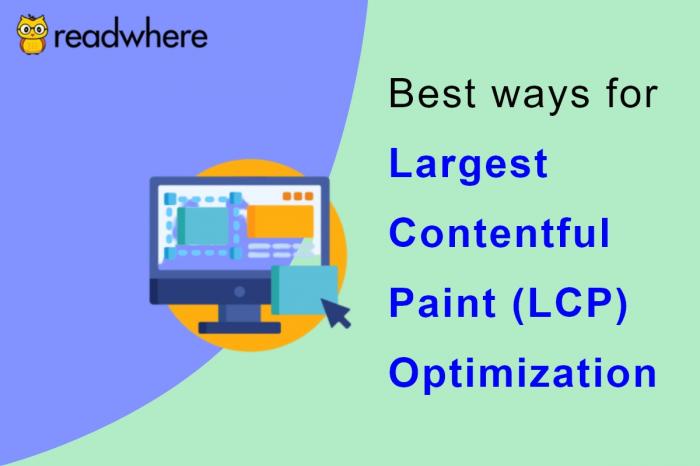Largest Contentful Paint (LCP) is a core component of Web Vitals that helps in measuring perceived load speed. It determines the page load time when the page’s main content is likely loaded, thus making the job of enhancing loading experience easy. A fast LCP can be considered as a green signal for the site as readers are likely to consume the content.
In our previous article, Understanding the core metrics of Web Vitals for seamless web user experience, we have already seen what is good LCP. When a site page loads in the first 2.5 seconds, it is considered to have a good LCP score.
The main question over here is, What to do in case of a poor LCP score? How should the LCP be optimized?
For all the answers, initially, you need to know about the causes of poor LCP that are listed below:
- Low Server Response Time
- Render-Blocking Javascript and CSS
- Slow Resource load time
- Client-side Rendering
The most important thing to do is find out ways to improve Slowe Server Response Times. One can make the most of Time to First Byte to measure the server response times. There are different ways to improve the TTFB.
Optimize your server:
Route users to a nearby CDN: Utilizing Content Delivery Network (CDN) can ensure that the users never have to wait for network requests to faraway servers. It is helpful in the case of slower loading if the web page is hosted on a single server.
Cache assets: Caching is the key! With static HTML that doesn’t need to change on every request, the easiest way is to store a copy of generated HTML on dis. With this, server-side caching can reduce TTFB and minimize resource usage.
Choose Readwhere CMS to build a user-friendly website and boost your revenue.
Serve HTML pages cache-first: Caching of the HTML’s page content cant be done with the help of service workers as it runs in the browser background and intercepts requests from the server. For fresh content, the cache is updated.
Take a look at the chart where LCP distributions have been reduced on a site using this pattern:

Establish third-party connections early: Server requests to third-party origins can also impact LCP, especially if they’re needed to display critical content on the page. Use rel=”preconnect” to inform the browser that your page intends to establish a connection as soon as possible. You can also use dns-prefetch to resolve DNS lookups faster.
If you take care of all these things, you can definitely do better with your LCP score and gain more audience that can enjoy quick loading time for your content.
You can always write to us at helpdesk@readwhere.com if you wish to get going with web vitals for your business.




